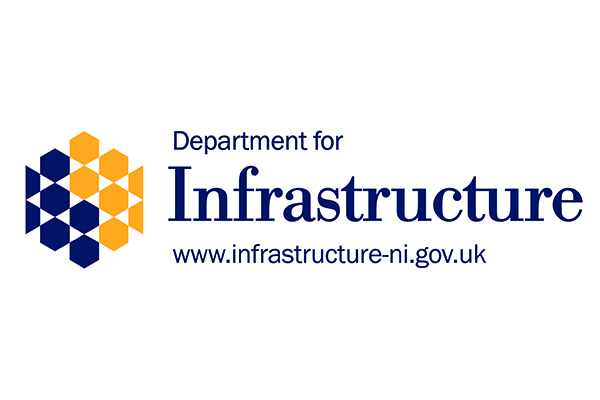
The desire for a permanent crossing over Strangford Lough, such as a bridge or causeway, has fluctuated over time rather than following a clear upward or downward trend. Its trajectory reflects a mix of practical needs, economic priorities, environmental concerns, and shifting political will. Here’s how it’s evolved across the ferry’s history, based on available evidence and regional context.
Early History (Pre-20th Century)
In the medieval and early modern periods, there’s little evidence of serious demand for a permanent crossing. The ferry, whether rowboat or steamship, sufficed for the sparse population and limited traffic. The lough’s strong currents and the cost of bridge-building technology made a fixed structure impractical. Desire was likely minimal—people adapted to the ferry as a fact of life, and the 46-mile road alternative wasn’t a pressing issue for a largely agrarian society.
20th Century: Initial Interest Peaks
The idea of a permanent crossing gained traction in the mid-20th century as car ownership and regional connectivity grew. After the ferry came under public ownership in 1967, the Northern Ireland government began exploring alternatives. The most notable push came in the 1970s, when a bridge was proposed during a period of infrastructure optimism under Stormont. A 1973 study estimated a bridge could cost £3-5 million (roughly £40-60 million today), but it faced immediate hurdles: the lough’s tidal dynamics required a high or long span, and Strangford Lough’s designation as an Area of Special Scientific Interest (ASSI) raised environmental red flags. Local sentiment was mixed—some saw it as progress, others as a threat to the area’s character and ecology. The 1974 collapse of Stormont amid the Troubles shelved the plan, and desire waned as political focus shifted elsewhere.
Through the 1980s and 1990s, the Troubles kept infrastructure investment low, and the ferry’s upgrades (like Strangford II in 1989) reduced urgency for a bridge. The peace process in the late 1990s sparked some renewed interest, but no formal proposals emerged. The ferry’s reliability and low operating cost (relative to a bridge) dampened enthusiasm.
21st Century: Decline and Resurgence
By the early 2000s, desire for a permanent crossing seemed to decline. The £2.7 million Portaferry II (2001) and MV Strangford (2017) investments showed commitment to the ferry, which handled growing traffic—about 350,000 vehicles annually by the 2010s. Environmentalism also grew stronger; Strangford Lough’s status as a Marine Conservation Zone (designated 1990s, reinforced later) made a bridge less palatable. Local groups and the National Trust, which manages much of the lough’s shoreline, opposed fixed crossings to protect wildlife like seals and Brent geese.
However, periodic disruptions—like the 2017 Strangford II breakdown or the 2024 slipway closure—revive grumbling. In 2017, SDLP councillor Joe Boyle called the ferry “not fit for purpose” during a 10-week outage, hinting at latent bridge support. Yet, a 2018 Department for Infrastructure (DfI) report pegged a bridge at £100-150 million, with added ecological mitigation costs, quashing momentum. Public consultations (e.g., Ards and North Down Borough Council discussions) show a split: commuters want reliability, but residents and tourism advocates prize the ferry’s quaintness.
Today (March 20, 2025)
As of now, desire appears to have decreased overall since the 1970s peak. The ferry’s 2024 refurbishment (£300,000) and resumed service signal government confidence in its viability. Climate goals—Northern Ireland aims for net-zero by 2050—further tilt the scales against a carbon-intensive bridge. Social media chatter on X and local news (e.g., Belfast Telegraph) rarely mentions a bridge unless service falters, suggesting complacency or acceptance. That said, no hard data like polls tracks this sentiment over decades, so it’s inferred from policy, investment, and anecdotes.
In short, desire spiked in the 20th century with modernization but has largely ebbed in the 21st due to cost, ecology, and ferry improvements. It’s not gone—just dormant, ready to resurface if the ferry fails spectacularly or political winds shift. History shows it’s less a trend than a cycle tied to circumstance.
